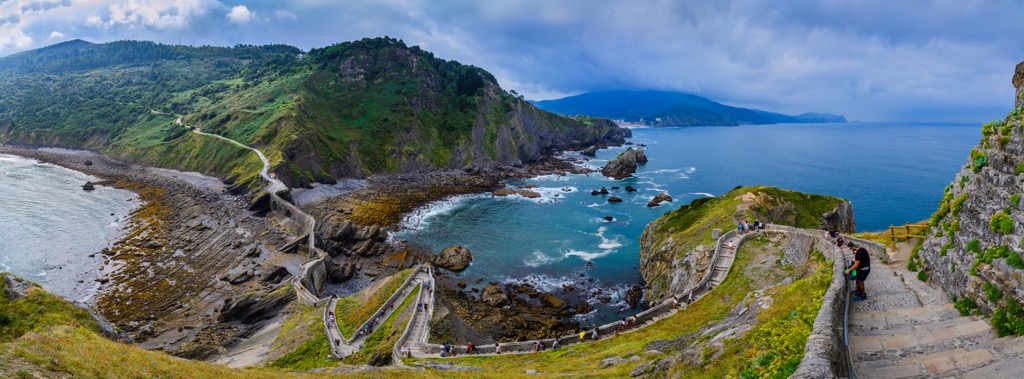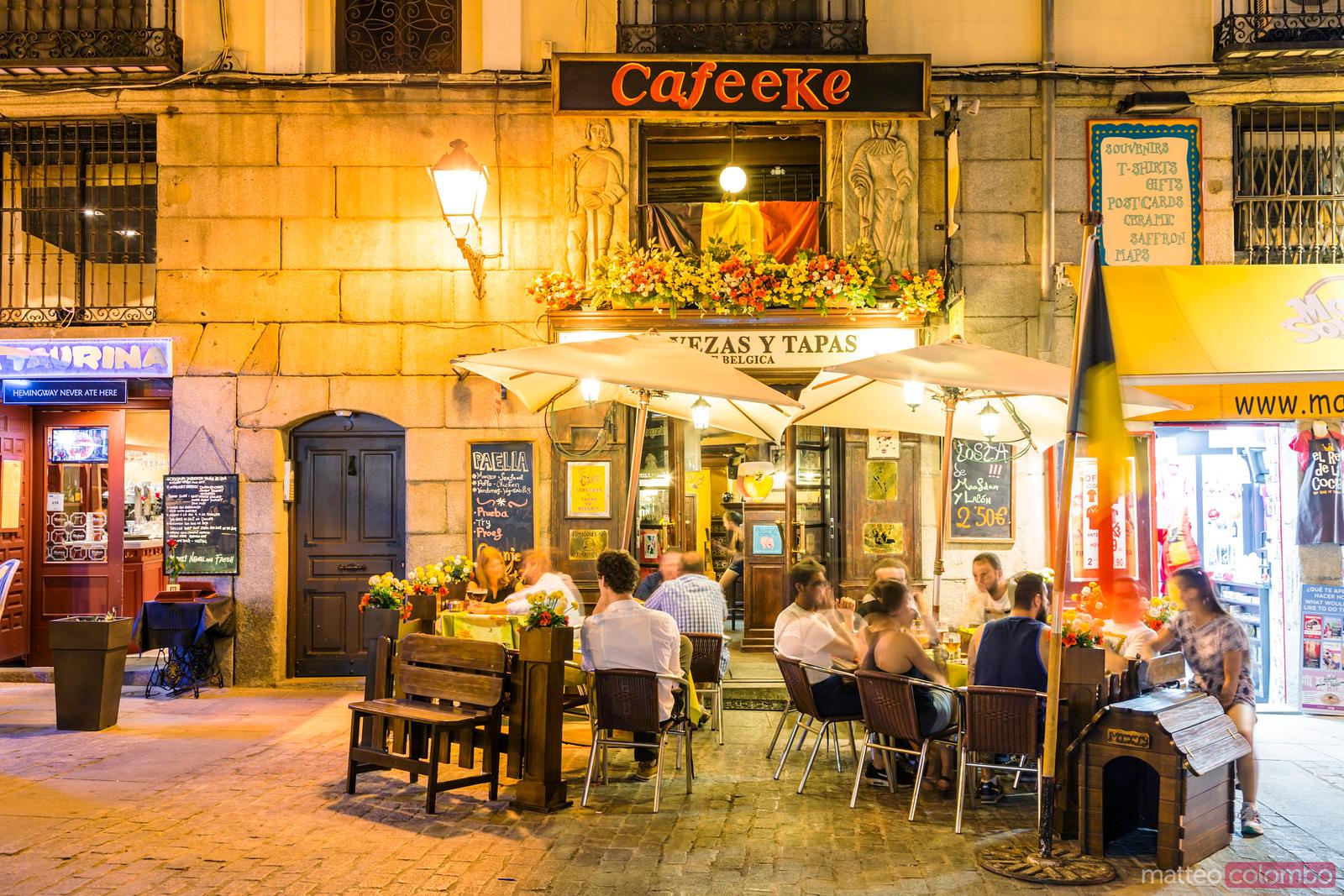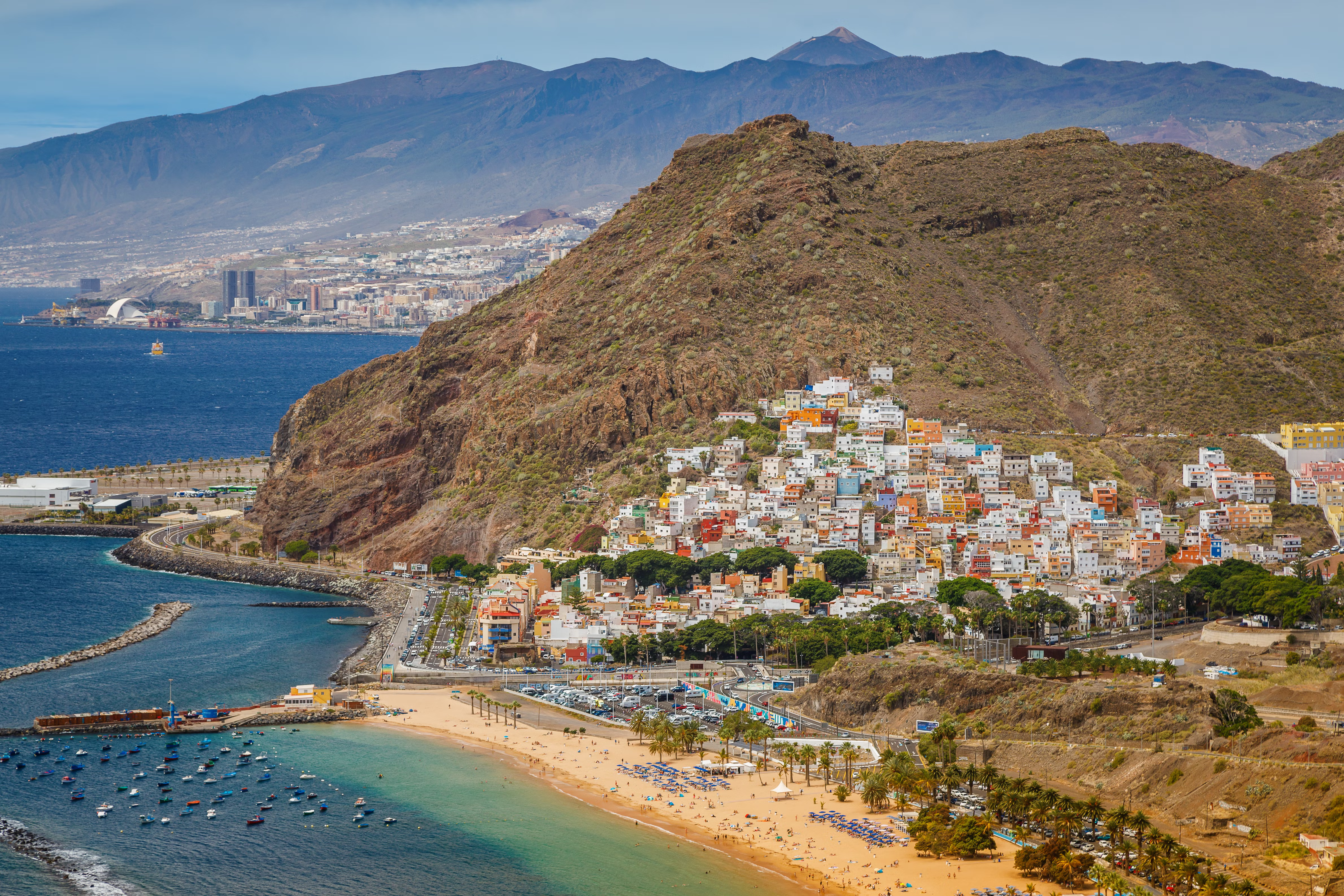
Spain is a country of contrasts: Roman ruins and futuristic museums, quiet whitewashed villages and energetic cities, sun-drenched beaches and snow-capped mountains. From the tapas bars of Seville and the boulevards of Madrid to the coastal paths of Costa Brava and the green hills of the north, every region offers its own version of Spanish life. This guide gives you a clear, story-driven overview of Spain so you can understand the country before you dive into our more detailed travel guides.
Use this page as your introduction to Spain, then continue with Spain Fast Facts for quick reference, and explore deeper topics in Top Destinations in Spain, Things to Do in Spain and Food & Drinks in Spain.
Where Is Spain?
Spain sits in the southwest corner of Europe on the Iberian Peninsula, sharing land borders with Portugal, France and Andorra, plus the British territory of Gibraltar. The country also includes island groups in two different seas:
- Balearic Islands in the Mediterranean (Mallorca, Menorca, Ibiza, Formentera).
- Canary Islands in the Atlantic, off the northwest coast of Africa.
The result is a country that feels bigger and more varied than a map suggests. Within a few hours you can travel from Atlantic fishing villages to Mediterranean resort towns, from high mountain passes to semi-desert landscapes, and from quiet rural valleys to some of Europe’s most visited cities.

Regions & Identities
One of the most important things to understand about Spain is that it is not a single, uniform culture. It is a collection of regions, each with its own identity, traditions and, in some cases, language. This regional diversity is part of what makes Spain so interesting for travelers.
- Castile & Central Spain: The “heart of Spain”, home to Madrid and historic towns like Toledo and Segovia.
- Catalonia: Centered on Barcelona; known for modernist architecture, Mediterranean coasts and strong local identity.
- Andalusia: Southern Spain, with flamenco, Moorish palaces, white villages and hot summers.
- Basque Country & Northern Coast: Green mountains, Atlantic bays and a unique language and culture.
- Valencian Community & Eastern Coast: Beach resorts, paella, citrus groves and lively coastal cities.
- Galicia & Northwest: Misty capes, pilgrimage routes and Celtic-influenced traditions.
If you want to turn these regions into real trip ideas, our Top Destinations in Spain guide highlights the cities, coasts and landscapes that most travelers consider first.
People, Lifestyle & Daily Rhythm
Spain is famous for its relaxed, social lifestyle. Much of daily life takes place outdoors – on plazas, terraces and neighborhood streets. Mealtimes are later than in many other European countries, and evenings often stretch into the night even on weekdays.
- Plazas: Every town has a central square where people meet, talk and watch the world go by.
- Terraces: Cafés and bars spill onto sidewalks; eating and drinking outside is a year-round habit in many regions.
- Late dinners: Locals often sit down to dinner around 21:00 or even later, especially in summer.
Visitors who embrace this slower, more social rhythm usually find the country easier to understand. Spain is less about rushing between “sights” and more about spending time in places – walking, tasting, talking and watching.

Languages & Communication
The official national language is Spanish (Castilian), spoken throughout the country. However, several regions have their own co-official languages:
- Catalan: Spoken in Catalonia, Valencia (as Valencian) and the Balearic Islands.
- Galician: Spoken in Galicia, in the northwest.
- Basque (Euskara): Spoken in the Basque Country and parts of Navarra.
You will see bilingual signs and hear local languages in daily life, especially in schools, media and public spaces. For travelers, basic English is widely understood in major cities, tourist areas and younger generations, but far less common in rural areas. Learning a few simple Spanish phrases – for greetings, ordering food and saying thank you – goes a long way.
Spain Through Food & Drink
Food is one of the best ways to understand Spain. Rather than one national cuisine, you’ll find a mosaic of regional dishes and local ingredients:
- Tapas & pintxos: Small shared plates that encourage conversation and slow eating.
- Paella & rice dishes: Especially around Valencia and the eastern coast.
- Seafood: Abundant along Spain’s long coastline, from Atlantic to Mediterranean.
- Cured meats & cheeses: Jamón ibérico, chorizo, manchego and many regional specialties.
- Wines: Rioja, Ribera del Duero, Rías Baixas and many lesser-known appellations.
For a deeper look at what to eat and drink – and where to find it – explore Food & Drinks in Spain and Restaurants in Spain.
Architecture, Art & History in Everyday Travel
Spain’s history is visible everywhere: in Roman bridges and theatres, Moorish palaces, Gothic cathedrals, Renaissance plazas and ultra-modern museums. The country was shaped by many different cultures – Romans, Visigoths, Moors, Christian kingdoms and more – and each left something behind.
As you travel, a typical day might include:
- Walking under medieval city walls or through a Moorish quarter.
- Visiting a museum of Spanish masters like Velázquez, Goya or Picasso.
- Seeing modernist architecture by Gaudí in Barcelona or bold contemporary designs in Bilbao and Madrid.
Our Attractions in Spain guide focuses on the major sights, landmarks and cultural highlights worth building a trip around.
Outdoor Life: From Beaches to Mountains
Beyond its cities, Spain is an outstanding destination for outdoor activities. The coastline stretches for thousands of kilometers, with everything from quiet coves and wild Atlantic bays to classic Mediterranean resort beaches. Inland, you’ll find high plateaus, national parks, canyons, vineyards and mountain ranges.
- Beaches: Costa Brava, Costa del Sol, Costa de la Luz, Basque Coast and many smaller, lesser-known stretches.
- Mountains: Pyrenees, Picos de Europa, Sierra Nevada and numerous regional ranges.
- Activities: Hiking, surfing, skiing, cycling, canyoning and paragliding – often within reach of major cities.
For specific suggestions, see Beaches in Spain and Things to Do in Spain.

Is Spain Safe? A Quick Overview
For most visitors, Spain feels safe and welcoming. Violent crime involving tourists is rare. The most common issues are pickpocketing and bag theft in crowded areas, especially around major attractions, busy streets and public transport in big cities.
- Keep valuables close and avoid leaving bags unattended.
- Use hotel safes when available for passports and spare cards.
- Be especially aware at night in very busy nightlife districts.
For a more detailed look at safety, neighborhoods, healthcare and emergency contacts, see our dedicated Safety in Spain and Travel Tips for Spain guides.
Who Is Spain Best For?
Because of its size and variety, Spain works for many different travel styles:
- First-time visitors to Europe: Easy transport, familiar brands, friendly atmosphere and good English in tourist areas.
- City-break travelers: Madrid, Barcelona, Seville, Valencia, Bilbao and more.
- Families: Beach resorts, theme parks, water parks and walkable historic centers.
- Food and wine travelers: Tapas routes, vineyard visits, market tours and local cooking traditions.
- Outdoor enthusiasts: Hiking, skiing, surfing and cycling within reach of many major cities.
- Slow travelers: Road trips through smaller towns, village stays and off-season visits.
Where to Go Next in Our Spain Guide
This overview is just the starting point. To plan your trip step by step, we recommend moving on to:
- Spain Fast Facts – essential data and practical basics at a glance.
- Top Destinations in Spain – where to go on your first or next trip.
- Things to Do in Spain – experiences, activities and must-see highlights.
- Food & Drinks in Spain – dishes, drinks and food culture explained.
- Travel Tips for Spain – money, safety, transport, SIM cards and everyday logistics.
However you choose to explore it – through big cities, small towns, coastlines or mountains – Spain rewards curiosity. Stay a little longer in each place, walk one extra street, try one more local dish and the country keeps revealing new layers of culture, history and everyday life.
